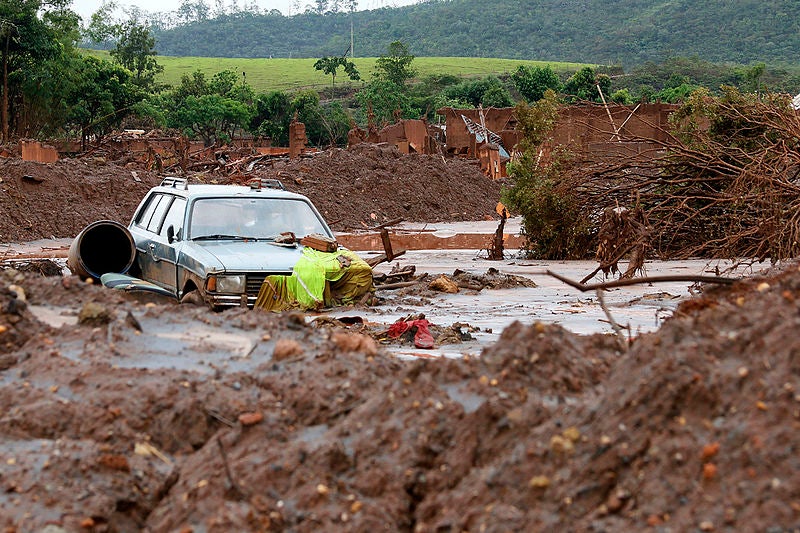
In the wake of the collapse of a dam at Vale’s Córrego do Feijão iron mine, the world’s biggest iron miner has announced that an additional 19 dams will be shut down, to prevent similar tragedies from taking place at its operations.
The incident is considered one of the worst environmental disasters in Brazilian history, with 84 people confirmed dead, and around 270 still missing, after a dam collapsed, flooding the town of Brumadinho with 12 million cubic metres of mining waste.
The collapse follows the 2015 Samarco disaster, when a dam collapse at a project joint-owned by Vale and BHP killed 19 people. The short period of time between the accidents, and the scale of their destruction, has prompted a strong response from Vale.
The shutdown is expected to have a significant impact on the company’s production, with annual output of iron ore and iron pellets set to drop by 40 million tonnes (Mt) and 11Mt respectively.
Vale expects the decline to contribute to a loss in profit of around $1.3bn.
The company has also pledged to help family members of deceased or missing individuals, promising to give $26,878 to each family. Vale will also continue to pay mining royalties to Brumadinho despite the collapse, a figure equivalent to around $38m in 2018.
Five people, including three Vale officials, were arrested this week, and the company has come out in support of a state and federal investigation into the causes of the disaster.
“Vale is the most interested party in determining the causes of the dam breach,” said Vale general counsel Alexandre D’Ambrosio. “Even before the issuing of the arrest warrant, I have been to a meeting with the federal and state public prosecutor’s office in Minas Gerais to reinforce Vale’s commitment to the determination of the facts. We are fully available to provide the authorities with any information.
“My priority and that of the other Vale’s executive board members is to do whatever possible to mitigate the suffering of those affected and their families”.
Vale has invested time and resources into limiting the damage of the Brumadinho collapse. The company has started work on what it calls a ‘sediment retention barrier’ around the body of water supplying the nearby city of Pará de Minas in an effort to prevent the city’s water supply from becoming polluted.
It has also brought back teams that worked on clean-up operations after the Samarco disaster to construct a similar sediment barrier along the Paraopeba River.



